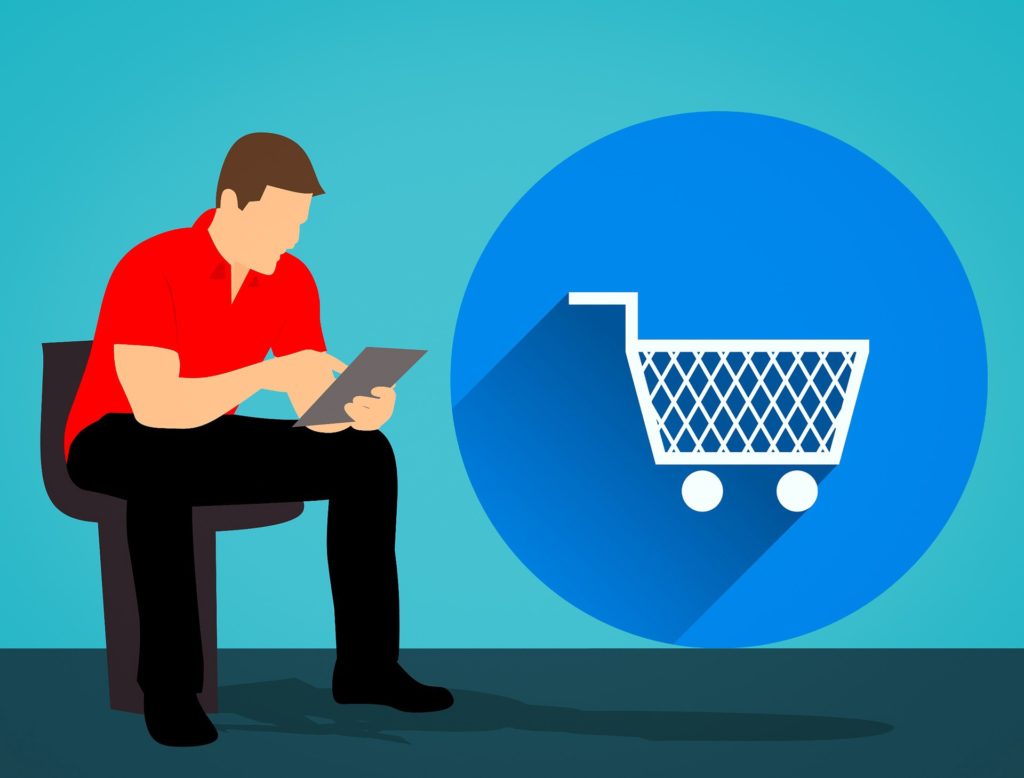The Internet sprung onto the scene and drastically changed human technology, interaction, and commerce forever, with innovations and new technologies still coming every year. The jump from a computer the size of a room to one you could fit on your desk was revolutionary, but the jump from desktop to mobile browsing was even more significant. Now you can carry a computer in your pocket, and millions of people have embraced the mobile life thanks to smartphones. You can pay your bills from Starbucks, check your email on the train, and have almost anything in the world shipped to you thanks to eCommerce. Customers love being able to browse, shop, and take care of business while on the go rather than being tethered to a less than mobile desktop computer or worrying about the battery life of a laptop. However, mobile customers will not stand for subpar or poorly made mobile content or sites. If your business is going to compete on mobile, you must ensure your offerings are optimized, so you put your best foot forward and attract mobile users rather than pushing them to your competitors. Below are some of the standard and most customary ways you can optimize your business for mobile users so that you can reap the benefits of an ever-growing mobile market.
True Optimization
Some businesses falsely believe that a simple mobile port of their existing website is good enough optimization for users on their phones. Mobile users may be used to a smaller screen, but they will not put up with subpar websites or experiences. Customers will not wait long for a page to load, fight with navigation or buttons that are too small for touch screens or click through multiple links to get to the information they actually want. Optimization means making your content as easy for a customer to use and digest as possible, which includes load times and UX/UI. Before you push anything live on mobile, sit down and test the experience for yourself. Consider how frustrated a customer would be using your website on a smartphone and use the obstacles and technical shortcomings you find to make the experience better. A happy customer is more likely to spend money, so make your mobile experiences as straightforward and transparent as possible to encourage more mobile sales.
However, optimization goes further than just making sure your content works correctly on mobile devices, as what catches the attention of someone on a desktop might be different than someone on mobile. Your content must fit on mobile screens, but it also must mesh with the mobile environment. Most people will not sit down to read long text blogs on their phones, so you should target your mobile content towards the types of content that succeed on mobile.
A Happy Ending With Intuitive Checkout And Shipping Selection
By the time a customer makes it to checkout, they are relatively sure they are going to buy the items in their cart, but checkout and shipping can bring that sale to a halt. Checkout should have as few roadblocks and barriers to entry as possible because you don’t want anything to break the customer’s momentum bringing them closer to completing the sale. It may be tempting to make customers create an account for checkout, but it is often irritating for customers, even if the business data is valuable. Small business shipping can be another sticking point for customers who don’t want to pay exorbitant rates to have their items delivered. You may not be able to get carriers to lower their rates by much, but you can give customers more shipping options. Keep your standard shipping offerings, but add other options for customers who either want to pay less or get their order faster. Most people are more than happy to pay less for slower shipping and pay more for faster shipping. Offering more shipping rates and speeds might not solve the issue of shipping for every customer, but you are likely to win some sales you would have lost with less flexible shipping options.
ECommerce is a booming industry that is only expanding as more technology reaches the general population. However, for a business to succeed on mobile, you must optimize your technical side, UX/UI, and content to suit the mobile user audience. Win more sales by making checkout and shipping as easy for customers as possible. Offering more shipping options will also help you reduce your cart abandonment rate. Combine all the best eCommerce optimizations, and your business can thrive on mobile platforms.



